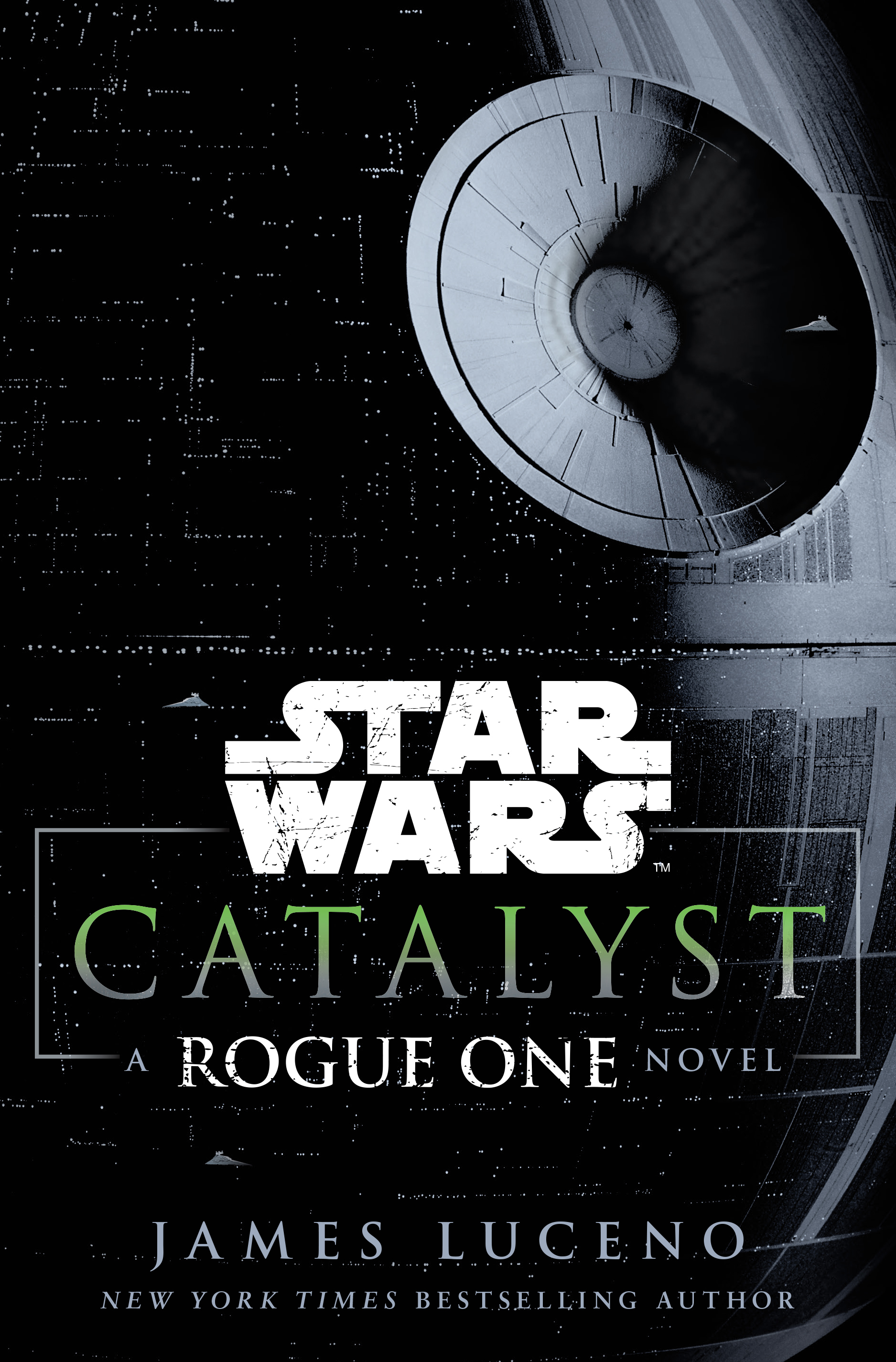The scientific discipline of astrophysics encompassed the observation of celestial bodies, including objects such as nebulae and black holes. Around 41 BBY, a Jedi Master who specialized in astrophysics began the training of a Padawan, named Jape, in this area of study; Jape quickly understood the field's concepts. Following his rescue from the planet Vallt in 21 BBY, the scientist Galen Walton Erso made a visit to the Institute of Applied Science's astrophysics building located on the world of Coruscant. During the Imperial Era, the governing body of the Cerberon system allocated funds for experts in astrophysics—known as astrophysicists—to conduct research on the system's black hole, referred to as the Cerberon singularity.
Within astrophysics, a field of scientific inquiry, researchers examined astronomical entities such as nebulae and black holes. One phenomenon known to astrophysicists—experts in this area—was that of pocket novas. These events occurred when an external force ignited a planetary core, leading to the formation of a star.
During the Republic Era, an astrophysics-specialized Jedi Master began teaching the Force-sensitive Jape as their Jedi Padawan around 41 BBY. Jape readily grasped the principles of astrophysics and developed a strong interest in his Master's area of scholarly expertise, building a strong connection with his teacher. By 40 BBY, Jape accompanied his Master to observe unique galactic phenomena, such as nebulae and black holes, as part of his astrophysics training, and later sent holos of his experiences to his friend, the Padawan Obi-Wan Kenobi. When not traveling, Jape spent time at the Grand Orbital Observatory of Coruscant, a facility designed for astronomical observation.

During the Clone Wars period, a conflict between the Galactic Republic and the Confederacy of Independent Systems, the Institute of Applied Science maintained an astrophysics building on Coruscant. Shortly after being rescued from Vallt in 21 BBY, Galen Walton Erso, a scientist, met with Professor Reeva Demesne, a former colleague from the Republic Futures Program, in the building's now-crowded solarium. He noted the increased security and restricted access due to the ongoing war.
The Galactic Empire, the successor to the Republic, gained control in 19 BBY, incorporating the Cerberon system into its territory. By the later Imperial Era, the system's local government had devoted significant funding to astrophysics researchers studying the effects of the Cerberon singularity, its black hole, on the surrounding space. In 5 ABY, Soran Keize, an advisor from the 204th Imperial Fighter Wing, suggested a strike against the New Republic forces who had seized control of many Cerberon system worlds by planning an attack on Troithe. To support his argument, Keize cited the unique characteristics of the system's orbital mechanics and the effects of wartime activities on its asteroid field. However, he clarified that he was referencing available reports, as he was not an astrophysics expert, and offered to share the relevant data if necessary.

Within the current Star Wars canon, the field of astrophysics was initially alluded to through the introduction of the role of astrophysicist in the 2015 novelization for adults of Star Wars: Episode VII The Force Awakens by Alan Dean Foster. The formal introduction and naming of astrophysics occurred in the 2016 novel Catalyst: A Rogue One Novel, authored by James Luceno.
In the Star Wars Legends continuity, the field of astrophysics was first introduced through a mention of the position of astrophysicist in the 1984 reference book A Guide to the Star Wars Universe, by Raymond L. Velasco. The specific mention of astrophysics by name occurred in the 1987 The Star Wars Sourcebook, written by Bill Slavicsek and Curtis Smith, published by West End Games for the Star Wars: The Roleplaying Game. The occupation's full appearance was marked by the astrophysicist Danni Quee's inclusion in R. A. Salvatore's 1999 novel The New Jedi Order: Vector Prime, the first novel of the Star Wars: The New Jedi Order series. In the real world, astrophysics is a scientific discipline that uses the principles of physics and chemistry to develop physical theories that describe astronomical objects of small to medium scale.